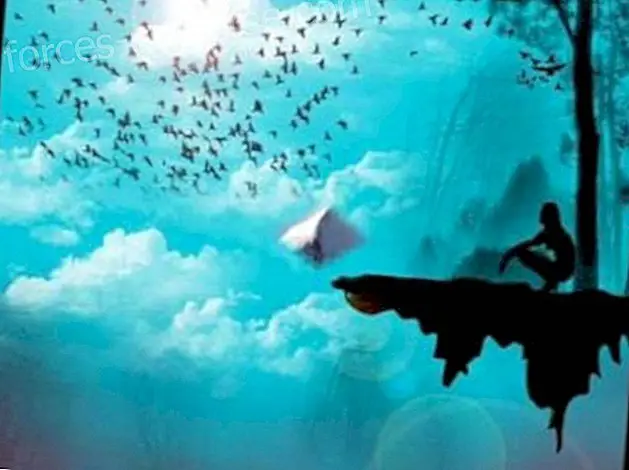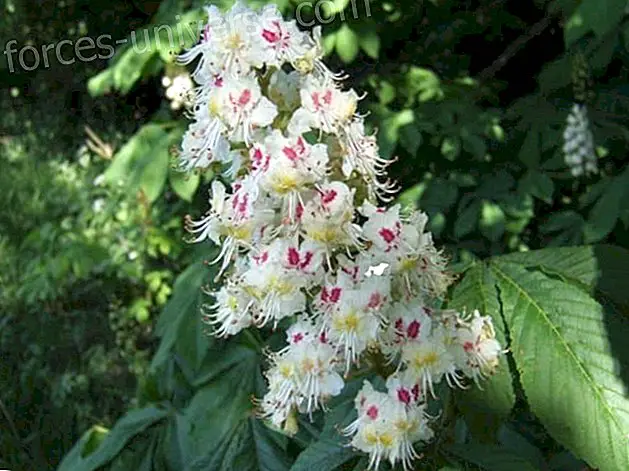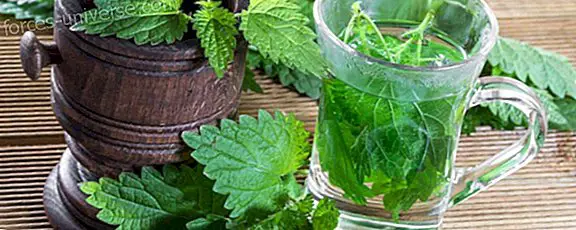The path of Tao: Taoism as a philosophy of unity and harmony with the sensitive and non-sensitive world
- 2018
“If you want to wake up all humanity, wake yourself up.
If you want to eliminate the suffering of the world, eliminate all that is dark in yourself.
In truth, the greatest gift you have to offer is your own transformation. ”
Lao Tse.
Since its inception, contemporary human beings have felt the need for power over things. Nature, its social environment, its emotions. Nothing is safe from those cravings for control.
Paradoxically, in that desire for control , man separates from the path and is lost . He finds himself face to face with his own limitations and is frustrated . It is because of this that he lives confused, because he craves the control he cannot have, and in that search he loses his essence.
Taoism preaches a different path. Where man is integrated into nature and everything that is and is not in this continuous becoming.
What is Taoism?
Taoism is the philosophy of life based primarily on the " Tao Te King ", a book of 81 short chapters that Chinese tradition attributes to Lao Tsé, a great Chinese philosopher and thinker who lived around the 6th century BC in the time of the fighting kingdoms.
The word " Tao ", although it has numerous meanings in the different Chinese traditions, can be translated as " origin " or " path ". " Te " refers to virtue, life force and " King " or " Ching " is a designation given to traditional books.
So, the Tao Te King would be something like the Traditional Book of the Path of Virtue .
We could say that its most radical difference with other philosophies is in the impulse of control .
Many philosophies consider the world as defective and imperfect, which needs to be intervened and analyzed to fulfill a function or essence. The Taoist, on the other hand, considers that in that desire lies our frustration, since it separates man from nature . The desperate search for a good distracts him from the good he already possesses.
Like trying to catch the wind in a sack, in the same way the Tao cannot be contained in the words. It will stop flowing and lose its essence.
Principles of Taoism
The principles of Taoism are found in the lines of the book Tao Te King .
Chapter XL
Lao Ts gives us a notion about the principle of Tao. In the universe all things are born of Being. Being is born of Non-Being .
This eternal interaction is the key that unites the manifest with the non-manifest. The Tao is both: the Being and the Non-Being.
In the same way, binaries such as good and evil, light and darkness, life and death are not opposite but complementary . The one goes with the other in a cyclical process.
In this way a polarity is established, present in all things. Heaven and earth, systole and diastole, inspiration and exhalation.
Being and Non-Being: Tai-Chi and Wu-Chi . The Yin and the Yang. Both go hand in hand, and it shows us that the path of reality is organic, mutable and dynamic.
Chapter XLII
Says Lao Ts The Tao produces the One, the One produces the Two, the Two produces the Three, the Three produces the Ten Thousand beings .
The Tao produces the One . The One is the Wu-Chi . The particle Wu denies what comes next, and Chi would be something like extension: The non-extension . Pure consciousness has no extension. There is no content of consciousness, it is pure and still.
The One produces the Two . The Two is the Yin-Yang . This awareness as it reflects itself in its stillness derives in movement, a cycle.
The Two produces the Three . The Three is Tai-Chi : the Self. This is a compound of interlocking stillness and movement. We know from experience, because there is something still and something that moves in us. And that movement does not die, but is constantly integrated . The integrated Yin and Yang.
The three produces the Ten Thousand Things, it is a symbolic representation of all the things that exist. He said it before, in the universe, all things are born of Being .
Well, we have said that the One is the Wu-Chi, the Two the Yin-Yang, the Three the Tai-Chi.
Four are the Realms of existence . These are the Tao of Heaven, that of Earth, that of Man and the Social Tao.
It is in these four kingdoms that the Tao manifests and unfolds its movement.
It is said that the movement of the Tao is the return, which returns to itself. Well, to return, you first have to emanate. This is the constant cycle.
The way of the Tao
The Chinese pointed to the order of Tao with the word " Li ", which means pattern. This pattern of nature is asymmetric and irregular, like the design of the clouds.
However, man has acquired the ability to separate from the nature to which he belongs. That is why he needs a Virtue (" Te ") to return to it and live according to the Tao. This is " Wu-Wei ": the non-doing.
It is not imposing or analyzing the path of the Tao, but consists of an intimate practical knowledge of the principles that govern the world. As an intuition that lacks an effort, which is neither conscious nor intellectual. That is why the Tao Te King begins with the statement " The Tao that can be expressed in words is not the true Tao ."
Analysis comes from the Latin ana-lysis, which means " the separation of an integer into its parts for further examination ." It is this impulse of man and the need for control of nature is what drives him away from Tao.
Live according to the Tao
The Tao invites us to stop wishing to have control of things. Recognize ourselves as part of Tai-Chi, and surrender to flow in it according to its principles and structures. No need to understand it consciously, without analyzing it.
And it is in this installment that we accept our role as participants in his movement, which is both the role of all beings in existence.
Contemplation without any practical objective. Unity with everything around us.
The integration of duality as an indivisible whole . The synthesis
This is the Way of Virtue.
BOOKS TO DOWNLOAD
1) “The path of tao alan watts” https://hermandadblanca.org/wp-content/uploads/2018/07/el-camino-del-tao-alan-watts.pdf
2) “I ching” https://hermandadblanca.org/wp-content/uploads/2018/07/i-ching.pdf
3) “tao te king” https://hermandadblanca.org/wp-content/uploads/2018/07/tao-te-king.pdf
4) “chuang tzu” https://hermandadblanca.org/wp-content/uploads/2018/07/chuang-tzu-capitulos-interiores-traduccion-pilar-gonzales-espana.pdf
AUTHOR: Lucas, editor in the big family of hermandadblanca.org
Sources:
- "Tao Te King" by Lao Tsé
- “Hua Hu Ching” Lao Tsé
- http://etimologias.dechile.net/?ana.lisis
- http://www.eltaichixinyi.com/Home/presentacion/articulos/conceptos-filosoficos/tao-y-taoismo
- https://www.magiasiatica.com/introduccion-taoismo/









